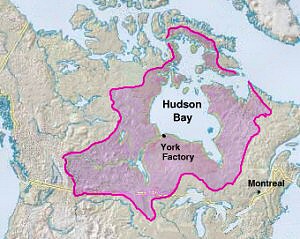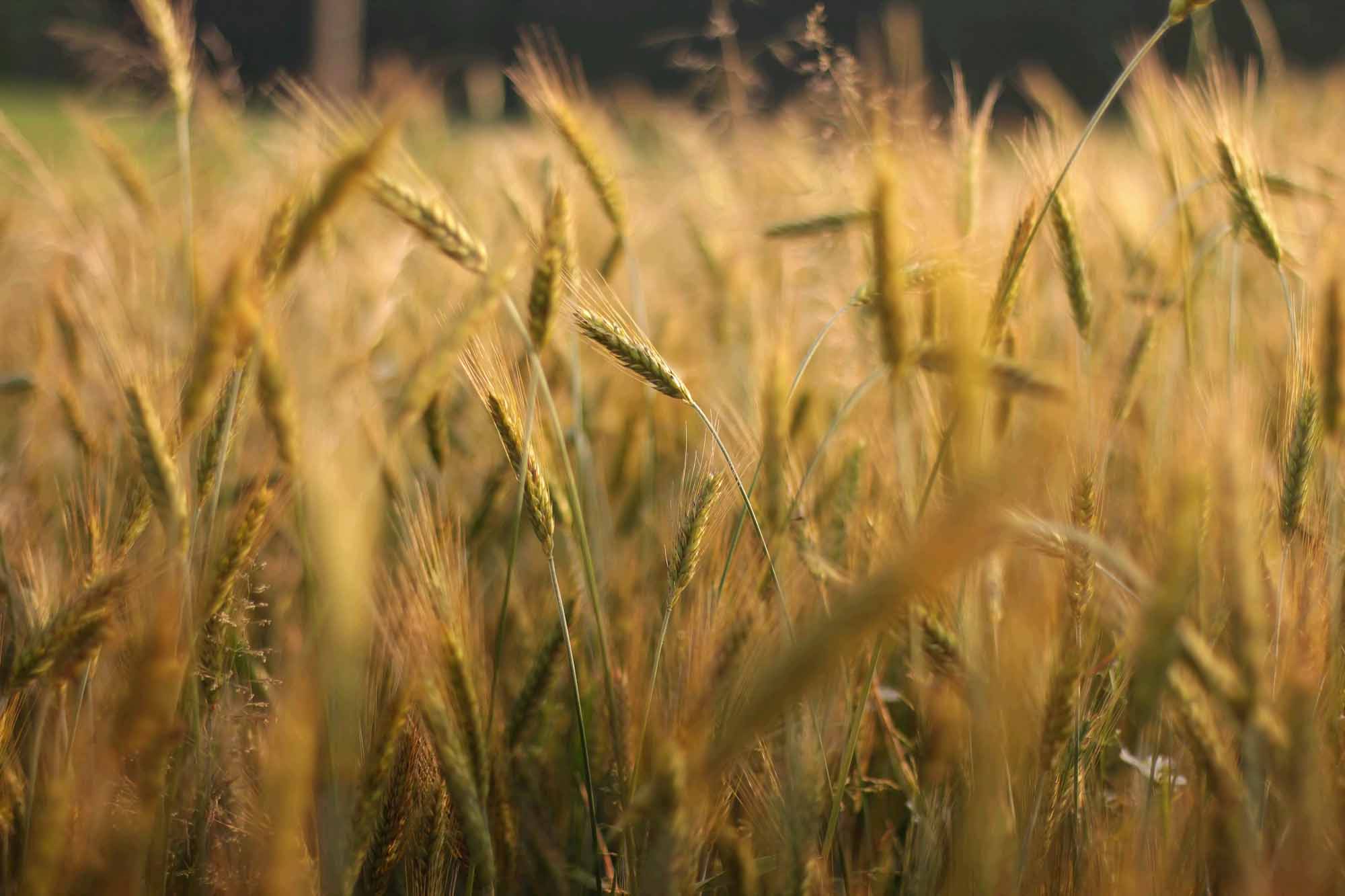Browse "Nature & Geography"
-
Article
Rhododendron
Rhododendron [Gk, "red tree"] is a large genus (700 species) of the heath family (Ericaceae) found in the Northern Hemisphere; 4 species are native to Canada. The genus contains both rhododendrons, usually evergreen, and azaleas, which are deciduous.
"https://development.thecanadianencyclopedia.ca/images/tce_placeholder.jpg?v=e9dca980c9bdb3aa11e832e7ea94f5d9" // resources/views/front/categories/view.blade.php
https://development.thecanadianencyclopedia.ca/images/tce_placeholder.jpg?v=e9dca980c9bdb3aa11e832e7ea94f5d9
-
Article
Rhubarb
Rhubarb (genus Rheum) is a common name for about 50 species of cool-season herbaceous perennial plants belonging to the buckwheat family and originating in central Asia.
"https://d2ttikhf7xbzbs.cloudfront.net/media/media/80784fac-4861-4271-b88e-ebc806b38b16.jpg" // resources/views/front/categories/view.blade.php
https://d2ttikhf7xbzbs.cloudfront.net/media/media/80784fac-4861-4271-b88e-ebc806b38b16.jpg
-
Article
River
A river is a course of water, usually growing in volume between its source and its terminus in an ocean, a lake or another river.
"https://d2ttikhf7xbzbs.cloudfront.net/media/media/6206422f-7a2e-4576-abe6-c6c9e8cb75da.jpg" // resources/views/front/categories/view.blade.php
https://d2ttikhf7xbzbs.cloudfront.net/media/media/6206422f-7a2e-4576-abe6-c6c9e8cb75da.jpg
-
Article
Rock slide
A rock slide is a type of landslide occurring when a mass of rock moves quickly downslope.
"https://d2ttikhf7xbzbs.cloudfront.net/media/media/698e80ed-51d4-40c7-a75f-36d14b5e66b3.jpg" // resources/views/front/categories/view.blade.php
https://d2ttikhf7xbzbs.cloudfront.net/media/media/698e80ed-51d4-40c7-a75f-36d14b5e66b3.jpg
-
Article
Rocky Mountain Trench
The Rocky Mountain Trench is a long and deep valley extending approximately 1,500 km from the Bitterroot Valley in northwest Montana through British Columbia to the Liard Plain just south of the Yukon Territory. Its predominantly flat floor is 3–20 km wide and ranges in elevation between 600 m and 1,000 m above sea level. With walls made of sedimentary, volcanic and igneous rock, the Trench is sometimes referred to as the “Valley of a Thousand Peaks” because of the towering mountain ranges on either side: the Rocky Mountains to the east and the Columbia, Omineca and Cassiar mountains to the west. Humans have relied on the rich resources provided by this distinctive landscape from pre-colonial times to the present.
"https://d2ttikhf7xbzbs.cloudfront.net/media/media/061fe992-a3bf-45bc-906d-216d1bef45c7.jpg" // resources/views/front/categories/view.blade.php
https://d2ttikhf7xbzbs.cloudfront.net/media/media/061fe992-a3bf-45bc-906d-216d1bef45c7.jpg
-
Article
Rodentia
Rodentia, largest and most common order of mammals, including 29 families, 418 genera and 1793 species. In Canada, 68 of the 163 species of terrestrial mammals are rodents.
"https://development.thecanadianencyclopedia.ca/images/tce_placeholder.jpg?v=e9dca980c9bdb3aa11e832e7ea94f5d9" // resources/views/front/categories/view.blade.php
https://development.thecanadianencyclopedia.ca/images/tce_placeholder.jpg?v=e9dca980c9bdb3aa11e832e7ea94f5d9
-
Article
Rose
Rose is a common name for members of genus Rosa of the rose family (Rosaceae). This large family, comprising more than 100 genera and 2000-3000 species, includes plants as diverse as strawberries, almonds and pears.
"https://development.thecanadianencyclopedia.ca/images/tce_placeholder.jpg?v=e9dca980c9bdb3aa11e832e7ea94f5d9" // resources/views/front/categories/view.blade.php
https://development.thecanadianencyclopedia.ca/images/tce_placeholder.jpg?v=e9dca980c9bdb3aa11e832e7ea94f5d9
-
Article
Rupert's Land
Rupert’s Land was a vast territory of northern wilderness. It represented a third of what is now Canada. From 1670 to 1870, it was the exclusive commercial domain of the Hudson’s Bay Company(HBC) and the primary trapping grounds of the fur trade. The territory was named after Prince Rupert, the HBC’s first governor. Three years after Confederation, the Government of Canada acquired Rupert’s Land from the HBC for CAD$1.5-million (£300,000). It is the largest real estate transaction (by land area) in the country’s history. The purchase of Rupert’s Land transformed Canada geographically. It changed from a modest country in the northeast of the continent into an expansive one that reached across North America. Rupert’s Land was eventually divided among Quebec, Ontario, Manitoba, Saskatchewan, Alberta and the Northwest Territories. (This is the full-length entry about Rupert’s Land. For a plain language summary, please see Rupert’s Land (Plain-Language Summary).)
"https://d2ttikhf7xbzbs.cloudfront.net/PrinceRupert/hudson_bay_ruperts_land.jpg" // resources/views/front/categories/view.blade.php
https://d2ttikhf7xbzbs.cloudfront.net/PrinceRupert/hudson_bay_ruperts_land.jpg
-
Article
Rutabaga
Rutabaga (Brassica napus, Napobrassica Group), herbaceous biennial vegetable belonging to the Cruciferae family and grown as a root crop in all provinces.
"https://d2ttikhf7xbzbs.cloudfront.net/media/media/0636af78-864a-427a-ad15-fe22161cbdb6.jpg" // resources/views/front/categories/view.blade.php
https://d2ttikhf7xbzbs.cloudfront.net/media/media/0636af78-864a-427a-ad15-fe22161cbdb6.jpg
-
Article
Rye
Rye is the common name for members of the genus Secale of the grass family (Poaceae, formerly Gramineae) and for the cereal grains produced by those grasses.
"https://d2ttikhf7xbzbs.cloudfront.net/media/media/83b4aacd-d567-425d-9f9d-419c6a8b8ce8.jpg" // resources/views/front/categories/view.blade.php
https://d2ttikhf7xbzbs.cloudfront.net/media/media/83b4aacd-d567-425d-9f9d-419c6a8b8ce8.jpg
-
Article
Sable Island Horses
The wild horses, named for the island they inhabit, are now the only terrestrial mammals on Sable Island aside from the few inhabitants.
"https://d2ttikhf7xbzbs.cloudfront.net/media/media/bb59d32a-9657-4d60-acab-db0e4608fe4f.jpg" // resources/views/front/categories/view.blade.php
https://d2ttikhf7xbzbs.cloudfront.net/media/media/bb59d32a-9657-4d60-acab-db0e4608fe4f.jpg
-
Article
Sagebrush
The greatest variety of native sagebrushes occurs in the western mountains, where species that range from Alaska to California and Colorado are found. Several species range across the prairies and 2 species are transcontinental in Canada. Sagebrushes grow on dry plains, hills and rocky slopes.
"https://development.thecanadianencyclopedia.ca/images/tce_placeholder.jpg?v=e9dca980c9bdb3aa11e832e7ea94f5d9" // resources/views/front/categories/view.blade.php
https://development.thecanadianencyclopedia.ca/images/tce_placeholder.jpg?v=e9dca980c9bdb3aa11e832e7ea94f5d9
-
Macleans
Saguenay Floods Kill 10
This article was originally published in Maclean’s magazine on August 5, 1996. Partner content is not updated. One soggy day late last April, Art Poirier found himself among thousands of people stacking sandbags against rising floodwaters from southern Manitoba's ancient and implacable nemesis, the Red River. Poirier flicked a cigarette butt into the brand new lake around his home.
"https://development.thecanadianencyclopedia.ca/images/tce_placeholder.jpg?v=e9dca980c9bdb3aa11e832e7ea94f5d9" // resources/views/front/categories/view.blade.php
https://development.thecanadianencyclopedia.ca/images/tce_placeholder.jpg?v=e9dca980c9bdb3aa11e832e7ea94f5d9
-
Article
Salamander Species in Canada
Salamanders are tailed amphibians belonging to the order Caudata. There are around 800 known species worldwide; 22 are found in Canada. In addition to these species, the unisexual Ambystoma, a unique lineage of salamanders that does not conform to the typical definition of a species, are also found in Canada. Salamanders mainly live in the temperate regions of the Northern Hemisphere and tropical South and Central America. North America is home to more species of salamanders than anywhere else in the world. In Canada, salamanders are found from the Maritimes to British Columbia, and as far north as central Labrador and northern British Columbia; none have been recorded on the island of Newfoundland.
"https://d2ttikhf7xbzbs.cloudfront.net/media/dreamstime_xl_21249065.jpg" // resources/views/front/categories/view.blade.php
https://d2ttikhf7xbzbs.cloudfront.net/media/dreamstime_xl_21249065.jpg
-
Article
Salish Woolly Dog
The Salish Woolly dog was an important part of Coast Salish life throughout southern Vancouver Island, the Strait of Georgia, and Washington State, as the dogs’ hair was used to weave clothing and blankets. Due to the increased presence of European settlers and their machine-spun sheep wool, the Salish Woolly dog population declined in the 1800s until its extinction around 1900.
"https://d2ttikhf7xbzbs.cloudfront.net/media/new_article_images/Salish-wooly-dog.jpg" // resources/views/front/categories/view.blade.php
https://d2ttikhf7xbzbs.cloudfront.net/media/new_article_images/Salish-wooly-dog.jpg
